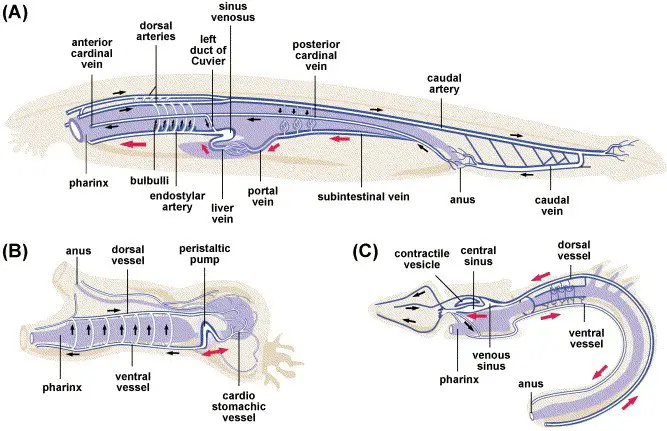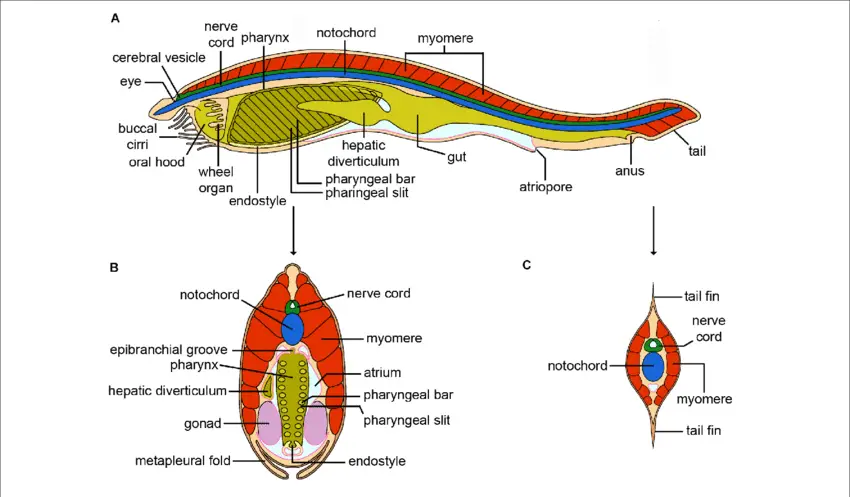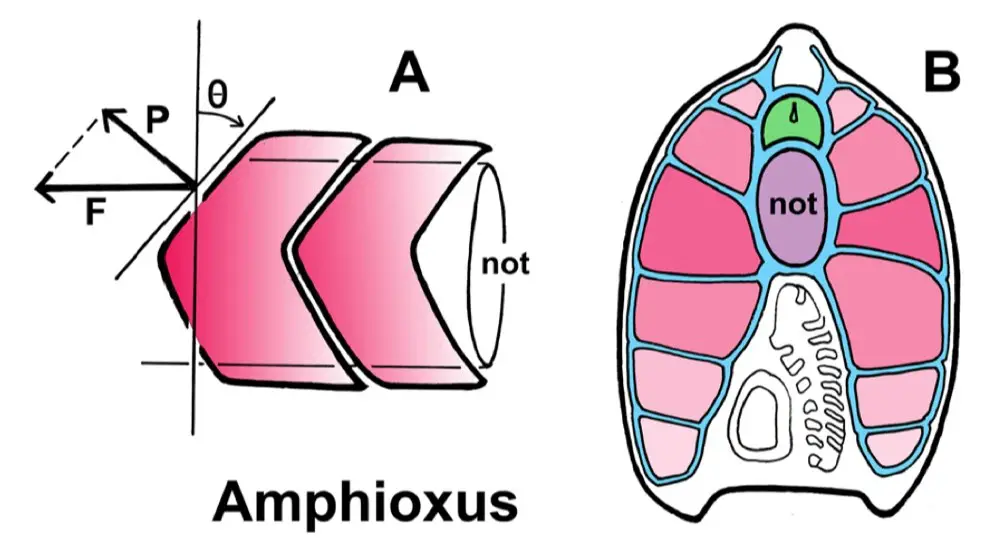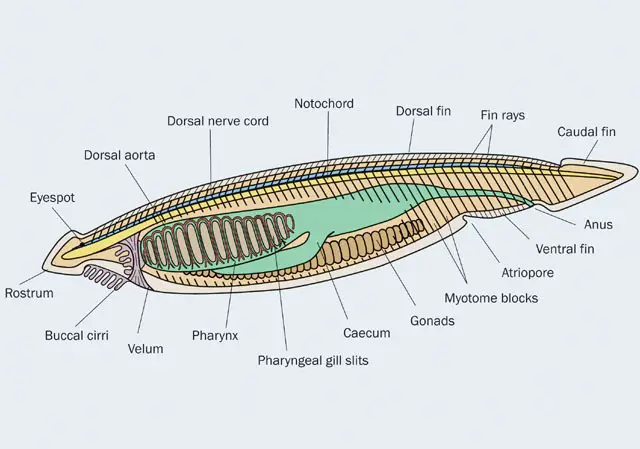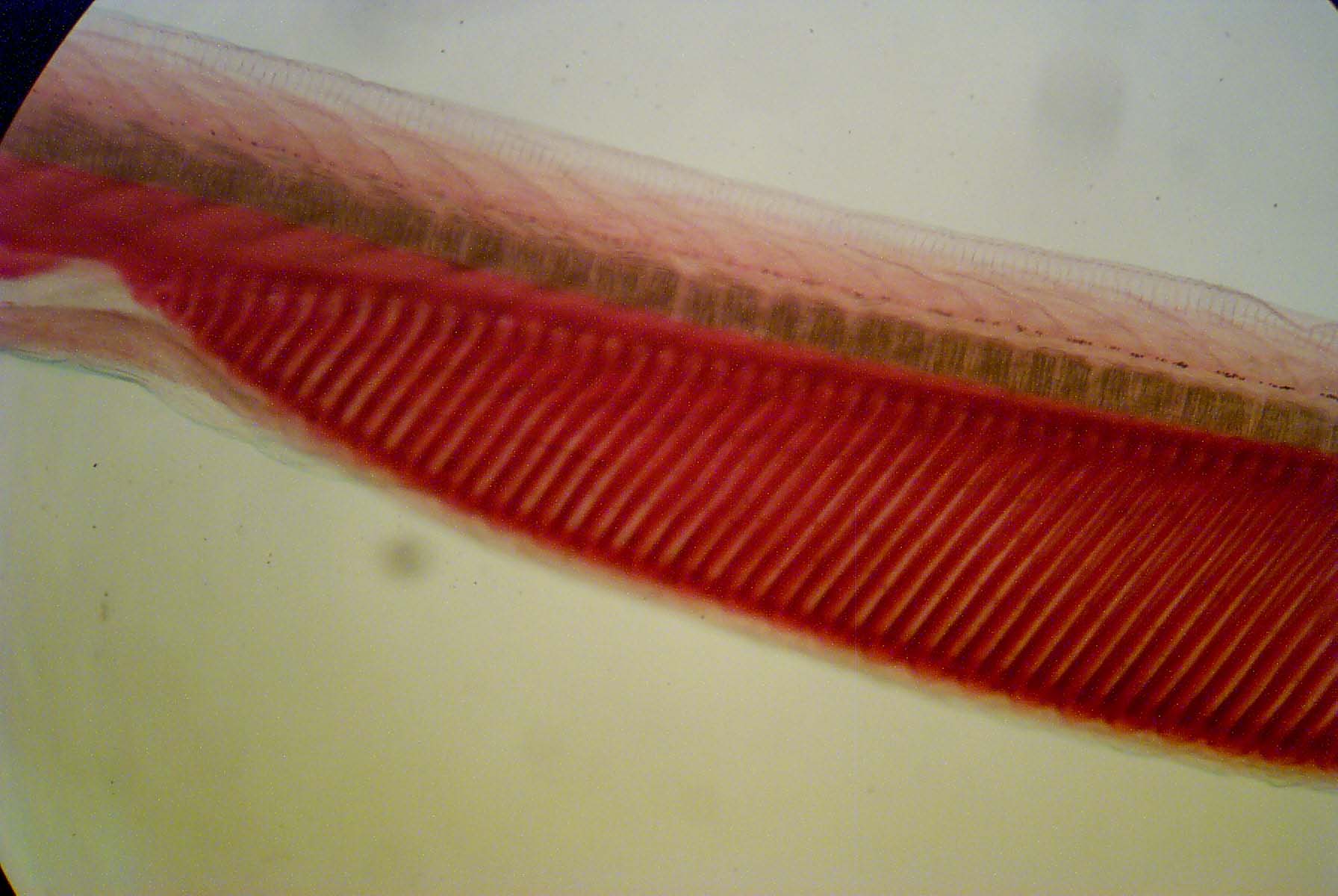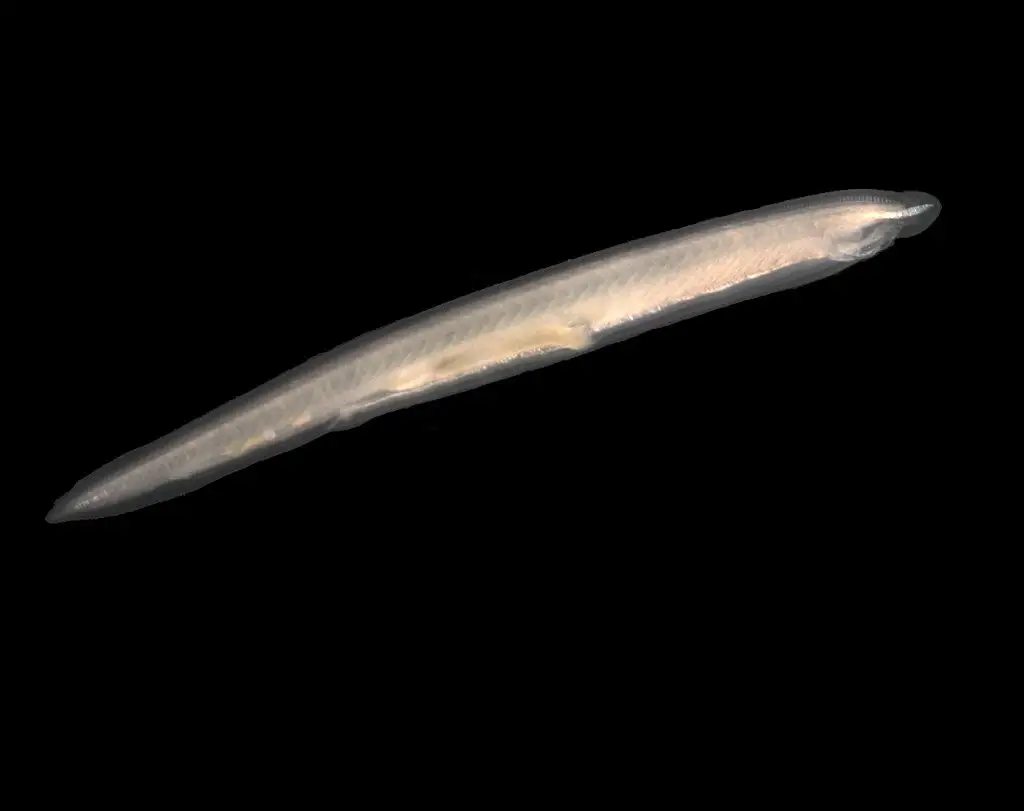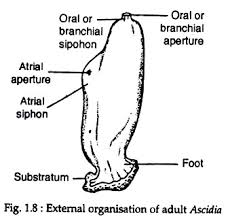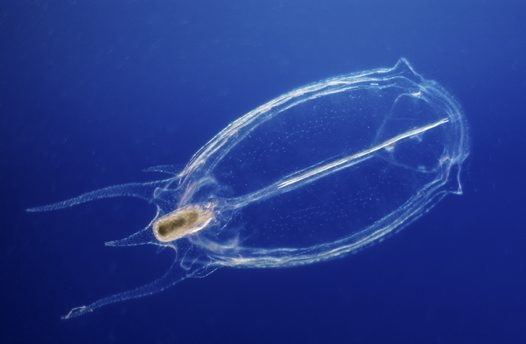Respiratory and Reproductive System of Branchiostoma
Respiratory System of Branchiostoma: In Branchiostoma respiration occur through the general surface area of metapleural folds, atrial wall, pharyngeal wall. The blood vessels present on the body wall and the oxygen present in the water current come close contact and gaseous exchange take place. The gill slits and gill bars have no special arrangements of … Read more
